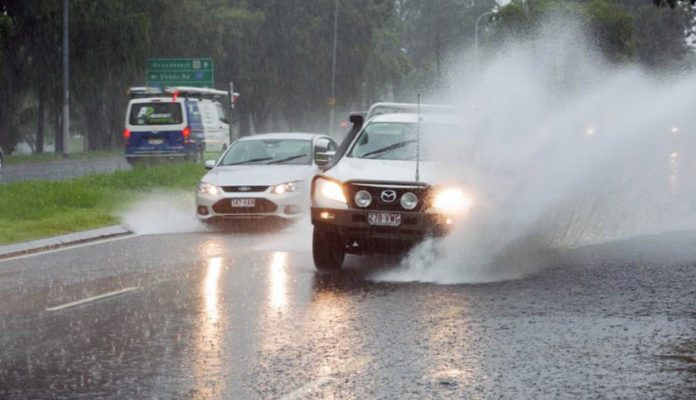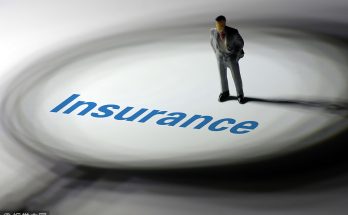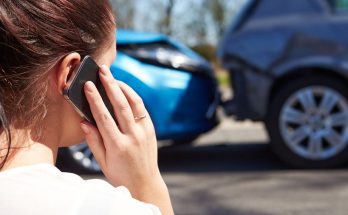In the United States, rain causes more fatal accidents than snow, conducted at the federal level. According to the reports, fatal traffic accidents that occur because of the weather, whether due to rain, snow, fog and / or wind, take the lives of around 7 thousand Americans a year.
Therefore, it is very important that we are aware of the risks that exist when driving during the changes of the weather, the rainy season and / or snow. So, what to do in front of a scenario that presents us with so many risks? Here is a series of helpful tips for you and your family to get out on the road and be safe.
1. Take your car to the mechanic shop
A car ready to go on the road avoids delays and accidents. To begin, make sure you have fuel in the tank. Check that the oil levels are adequate and that the brakes work properly. If you notice that your car fails, have it inspected and fixed. And if you have more than one car, compare which is the most suitable to go on a trip.
2. Check the condition of your tires
Keeping the tires (or tires) of a car in top condition should be a priority for any driver, but especially when it rains or there is snow and frost on the roads. The braking distance of a car with smooth tires is almost double that of a car with new tires. Correct tire inflation is also key to maintaining traction, so be sure to check each tire at least once a month. And do not forget to always carry a spare tire to solve simple problems.
3. Avoid aquaplaning
A case that frequently occurs in wet streets and routes is aquaplaning. It is a phenomenon in which water acts as a barrier between the tire and the ground. As a result of this, the vehicle skids, the wheels skid and there are more risks of crashes and rollovers. To avoid this, it is very important that you have your car checked frequently. If it happens, stay calm and firm behind the wheel to correct the loss of your path. Do not accelerate and do not brake immediately. It is important that you slow down slowly by noticing how the wheels make contact with the pavement.
4. Gently step on the brakes and reduce the speed
Sometimes the brakes do not work because of water and / or humidity. If this happens to you, you can try to step on the brake pedal gently and for a few seconds. Little by little, it should work again correctly. On rainy days or when there is frost on the pavement, it is essential to drive slowly and perform smooth and progressive decelerations.
5. Stay more alert and cautious
If you are driving, be responsible and do not consume alcohol or other substances that may affect your performance at the wheel. Having alcohol in the blood affects the concentration to handle. And keep in mind that driving under the influence of alcohol is harmful to you, other passengers and other drivers, especially if the route is more complicated than usual due to the weather.
On the other hand, there may be reckless drivers on the roads also a rainy day, so be alert and stay calm. It is important that, on rainy days, with fog or snow, increase the distance with respect to the vehicle that goes ahead.
6. Turn on the front and rear fog lamps
Many accidents occur due to lighting failures. Therefore, you must keep the electric system of your car in good condition to turn on the lights. If it starts to rain, make sure you have the windshield and mirrors clean. To do this, you can find some safe place to park and take a few minutes. If the glass (or glass) of your car fogs and prevents you from seeing the road, turn on the air conditioner to ventilate the windshield area. If you still can not see well, stop until a little rain stops and the intense rainfall stops.
7. Know what kind of lights to use on the route
If it is dark and it is very dark, do not turn on the lights intensely because it can generate the effect of dazzlement on other drivers. This effect produces blindness for a period that can last several seconds, which is extremely dangerous on a road.
8. Use the seatbelt
Traffic can be tricky, especially when it rains and / or snow falls, so you should always use your seatbelt to reduce the risk of fatal injuries during an accident. It takes little effort to buckle up and make sure that those who travel with you do as well.









